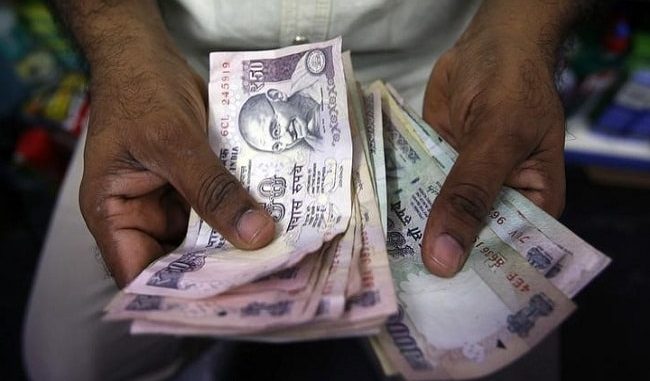

The Centre has planned to tax Employees Provident Fund (EPF) contributions exceeding ₹ 2.50 lakh yearly. For government employees, th
Here’s Your 10-Point Cheat-Sheet To This Big Story:
- This comes at a time when retirement body EPFO has reduced interest rates to the lowest in more than 40 years for the ongoing financial year 2021-22 (FY 22).
- The reduction marks the lowest interest rate since 1977-78 when the figure stood at 8 per cent. EPFO is the top decision-making body Central Board of Trustees (CBT).
- Threshold Limits Under I-T Rules: For instance, a non-government employee puts ₹ 5 lakh in PF account, ₹ 2.50 Lakh will be subject to tax; and if a government worker, puts ₹ 6 lakh in PF, ₹ 1 lakh will be subject to tax. Government employees contribute to the General PF or GPF, where just employees make PF contributions.
- With the new rules, the Centre aims to prevent high earning people from taking advantage of government welfare schemes.
- Previously, the government had mentioned that the move would impact less than 1 per cent of taxpayers.
- For the implementation of new rules on PF income from employees’ contributions exceeding ₹ 2.50 lakh per annum, a new Section 9D has been included under the Income Tax Rules, 1962, according to a notification issued by the Central Board of Direct Taxes. The CBDT frames policy for the I-T department.
- It also mentioned that all contributions until March 31, 2021, will be treated as non-taxable contributions.
e limit has been set at a higher end of ₹ 5 lakh. Under the set of new Income Tax (I-T) Rules, PF accounts are likely to be divided into two parts — taxable and non-taxable contribution accounts from April 1, 2022.
[“source=ndtv”]
